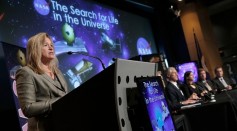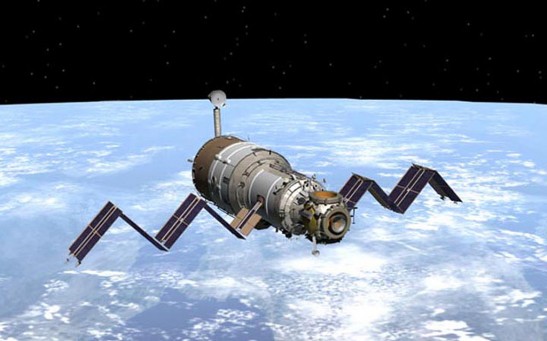Extraterrestrial life

Aliens May Be Shifting From One Planet To The Other In The Trappist-1 World

Discovering Another Earth: Why NASA's Latest Find, The 7 Earth-Like Planets, Matters?

NASA Finds Evidence Of Organic Material And Life Possibilty On Planet Ceres

NASA’s NExSS Initiative Seeks Out New Life

NASA's Chief Scientist Predicts We Will Find Signs of Alien Life Within 10 Years
Most Popular

How Technology Is Changing the Real Estate Industry?

How a Plant-Based Diet Can Protect Against Breast Cancer: Insights from Nutrition Research

Study Reveals High Turnover in Scientific Research Careers: What This Means for Future Scientists

Why It's So Difficult to Lose Weight: The Biological Explanation Behind Obesity






